Discuss The Determinants of Political Participations

Political participation is influenced by a variety of factors, known as determinants, that shape how and why individuals engage with the political process. These determinants can be categorized into individual, social, economic, cultural, institutional, and political factors. Each plays a unique role in influencing whether people vote, protest, join political parties, or participate in other forms of political action.
Here’s a detailed discussion of the main determinants of political participation:
1. Individual-Level Determinants
a) Socioeconomic Status (SES)
- Education, income, and occupation are central to socioeconomic status, which is one of the strongest predictors of political participation.
- Education: Highly educated individuals tend to have more political knowledge and are more likely to engage in political activities.
- Income: Higher-income individuals often have greater resources (time, money, and networks) to participate politically, such as donating to campaigns or attending political events.
- Occupation: Professionals and white-collar workers may have more opportunities to engage politically compared to those in manual labor positions.
- Example: Wealthy, educated citizens are more likely to vote, donate to campaigns, or run for office.
b) Political Efficacy
- Political efficacy refers to an individual’s belief that their political actions can influence government decisions. People with higher political efficacy are more likely to participate.
- Internal efficacy is the belief in one’s ability to understand and engage in politics.
- External efficacy refers to the belief that the political system will respond to one’s actions.
- Example: A citizen who feels their vote can lead to political change is more likely to participate in elections.
c) Political Knowledge and Awareness
- Political participation is often driven by political knowledge and awareness of current issues, policies, and the political system. Educated individuals with access to news and information are more likely to participate.
- Example: A person who regularly follows the news and understands policy debates is more likely to vote and engage in political discussions.
d) Age
- Age plays a significant role in political participation. Younger individuals tend to engage more in unconventional forms of participation, such as protests, while older individuals are more likely to vote and participate in civic associations.
- Example: Elderly voters tend to have higher voter turnout rates than younger voters, while youth may be more involved in social movements.
e) Gender
- Historically, men have participated more in formal politics, but women’s political participation has increased over time. Social norms and gender roles often influence the type of political activities in which men and women engage.
- Example: Women may engage more in community-based or informal participation, while men have traditionally dominated electoral politics.
f) Psychological Engagement
- Individuals who are psychologically engaged in politics—those who care deeply about political outcomes or identify strongly with political parties—are more likely to participate.
- Example: A citizen who identifies strongly with a political party may volunteer during election campaigns or attend political rallies.
2. Social and Cultural Determinants
a) Social Networks
- Participation is often influenced by social networks such as family, friends, colleagues, and community organizations. People are more likely to engage in political activities if they are part of politically active social circles.
- Example: A person whose family or friends regularly vote and discuss politics may be more likely to vote themselves.
b) Peer Pressure and Group Identity
- Group identity plays a crucial role, as individuals often participate based on their affiliations with ethnic, religious, or social groups. Political participation can be motivated by a desire to support the interests of one’s group.
- Example: Members of a minority group might vote or participate in protests to support policies that benefit their community.
c) Cultural Norms and Traditions
- Cultural factors shape attitudes toward political participation. In societies where civic engagement and political involvement are emphasized, citizens are more likely to participate.
- Example: Countries with a strong civic culture, like Sweden, tend to have higher voter turnout rates.
3. Institutional Determinants
a) Electoral Systems
- The design of the electoral system affects political participation. Proportional representation systems (common in Europe) often result in higher voter turnout because they make votes feel more meaningful compared to majoritarian systems like those in the U.S.
- Example: In proportional representation systems, smaller parties have a chance to win seats, which encourages more people to vote.
b) Access to Political Institutions
- Institutional accessibility matters for participation. People are more likely to engage in politics when political institutions are open, transparent, and responsive to citizens.
- Example: A country that provides easy access to political representatives or holds regular town hall meetings might see higher levels of political participation.
c) Voting Laws and Procedures
- Electoral laws, such as voter registration procedures, compulsory voting, and ease of access to polling stations, significantly influence participation.
- Example: Countries like Australia, where voting is compulsory, have much higher voter turnout compared to countries where voting is voluntary.
d) Media and Information Availability
- Access to information through the media shapes political participation by increasing awareness of political issues and providing platforms for discussion.
- Example: Citizens who have access to free, diverse, and reliable media are more likely to engage in political debates and participate in elections.
4. Economic Determinants
a) Economic Development
- Countries with higher levels of economic development often have more politically active citizens. Economic stability provides individuals with the time and resources to engage in politics.
- Example: In developed nations, citizens are more likely to participate in elections, while in poorer nations, people may focus more on survival and less on political activities.
b) Economic Inequality
- High levels of economic inequality can decrease political participation among the lower-income groups, who may feel marginalized or disillusioned with the political system.
- Example: In highly unequal societies, the wealthiest citizens may dominate political participation, while poorer citizens may abstain from voting or protesting.
5. Political Determinants
a) Political Stability
- Political stability can affect participation. In unstable or authoritarian regimes, citizens may be less likely to participate due to fear of repression or lack of faith in the political process.
- Example: In authoritarian regimes, people might refrain from political activism out of fear of persecution.
b) Presence of Social Movements
- The existence of active social movements can mobilize individuals who otherwise might not participate. Movements create awareness and motivate collective action.
- Example: The civil rights movement in the U.S. increased political participation, especially among marginalized groups.
c) Party Competitiveness
- Political competition between parties can increase participation, as citizens may feel their votes and actions are more consequential in highly competitive elections.
- Example: In competitive electoral districts where the outcome is uncertain, voter turnout tends to be higher.
6. Psychological and Emotional Determinants
a) Feelings of Political Trust or Alienation
- Citizens’ levels of trust in government or feelings of political alienation can strongly influence whether they participate in politics. People who trust the government are more likely to participate, while those who feel alienated may abstain.
- Example: A person who believes the government is corrupt may choose not to vote or engage in protests.
b) Emotional Drivers
- Political participation can be driven by emotions such as anger, hope, fear, or solidarity. Emotions often play a role in motivating participation in protests or campaigns.
- Example: Widespread anger over an unjust policy may lead to mass protests or political activism.
Conclusion
Political Participation is a complex phenomenon shaped by various determinants, including individual characteristics, social networks, economic conditions, cultural norms, political systems, and psychological factors. These determinants interact to influence whether and how citizens engage in political processes, ranging from voting and protests to digital activism and civic engagement. Understanding these factors is crucial for developing strategies to increase political participation and foster a more inclusive and responsive political system.


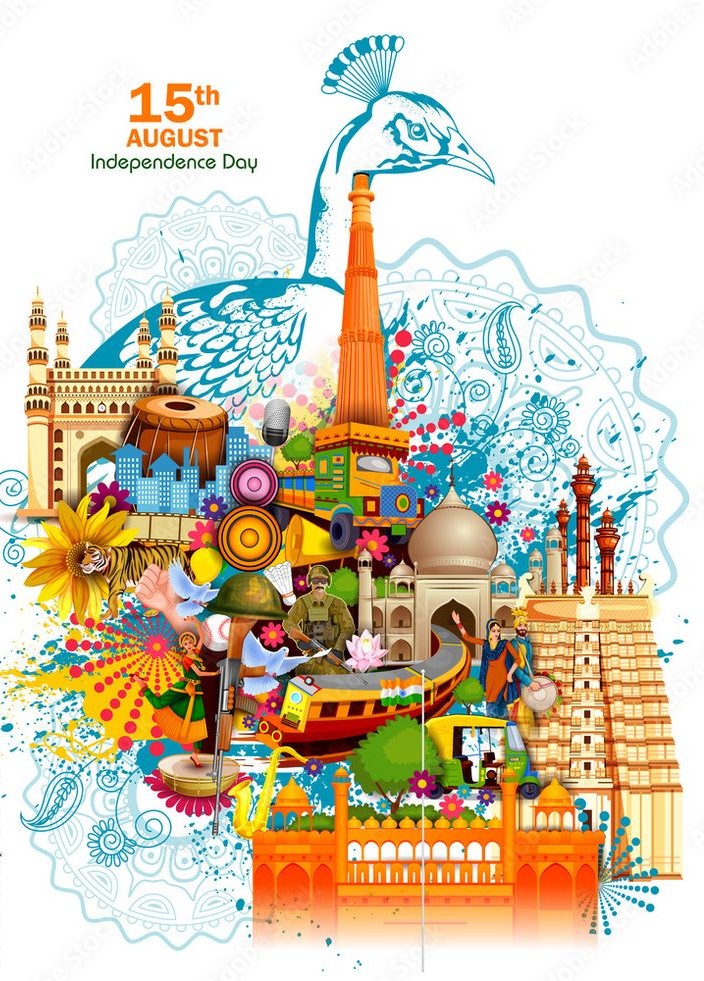

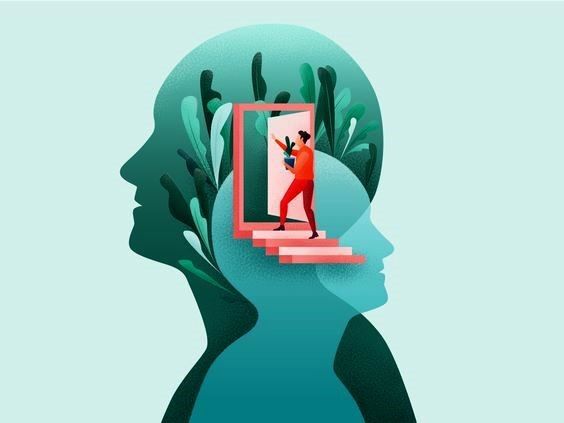

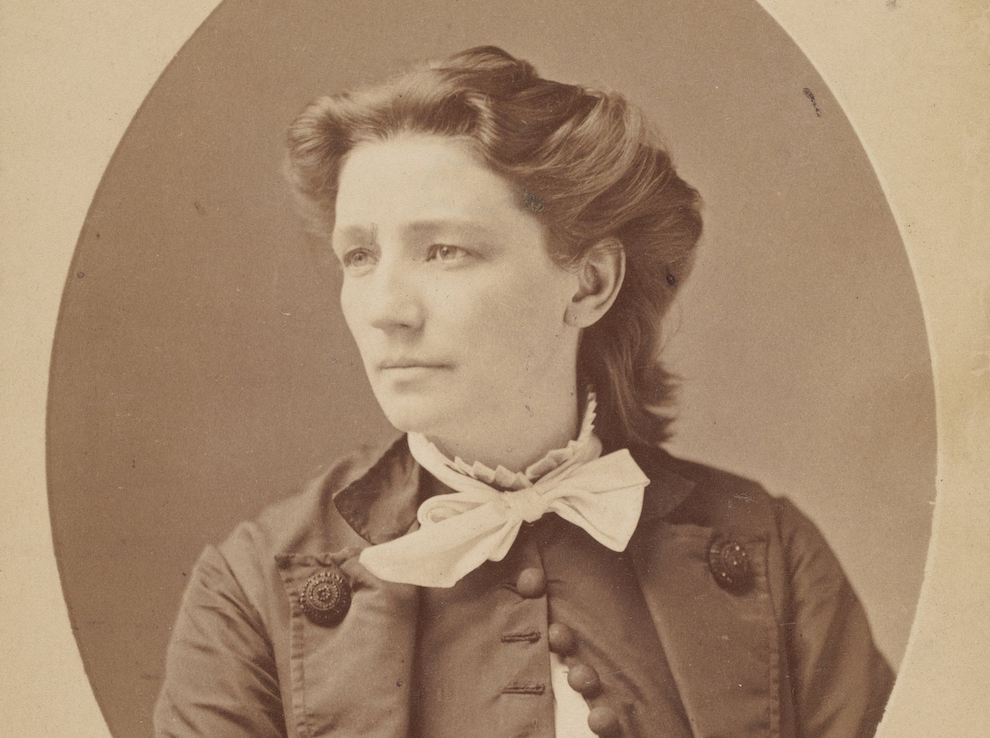
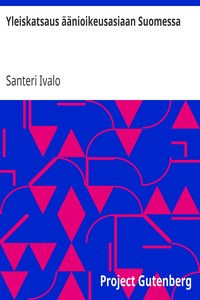
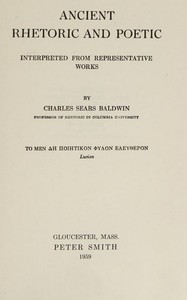


Leave a Reply